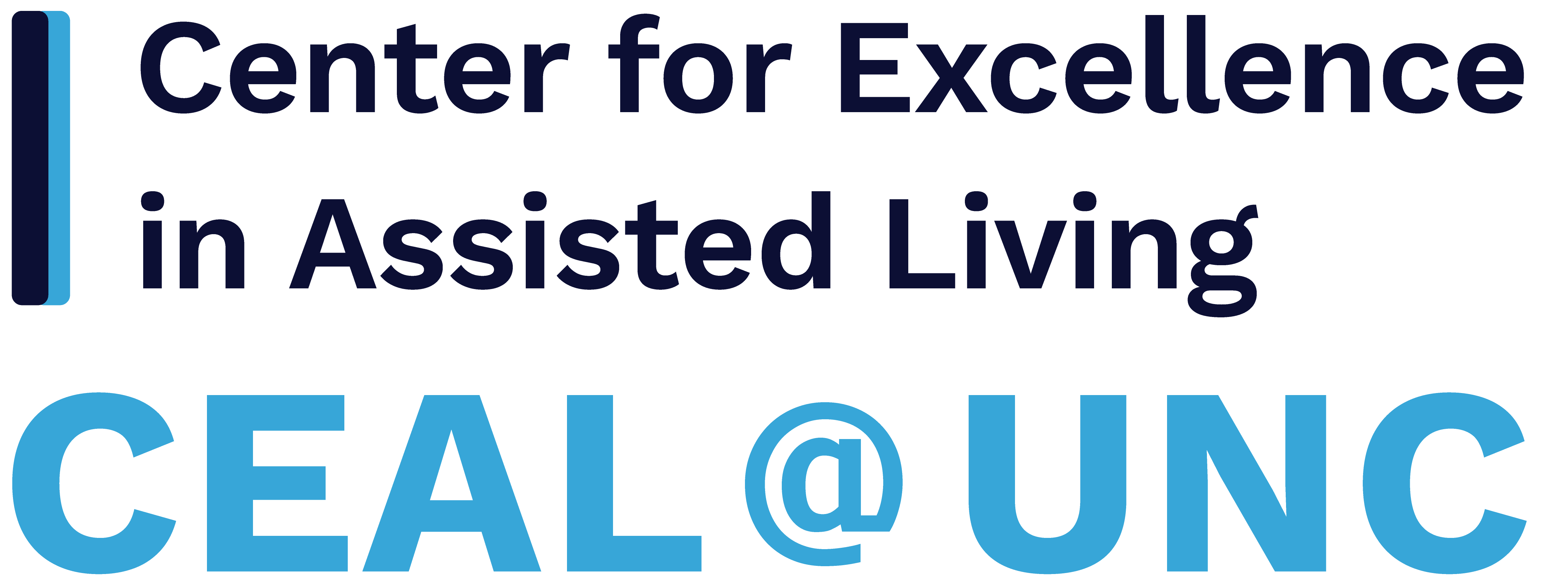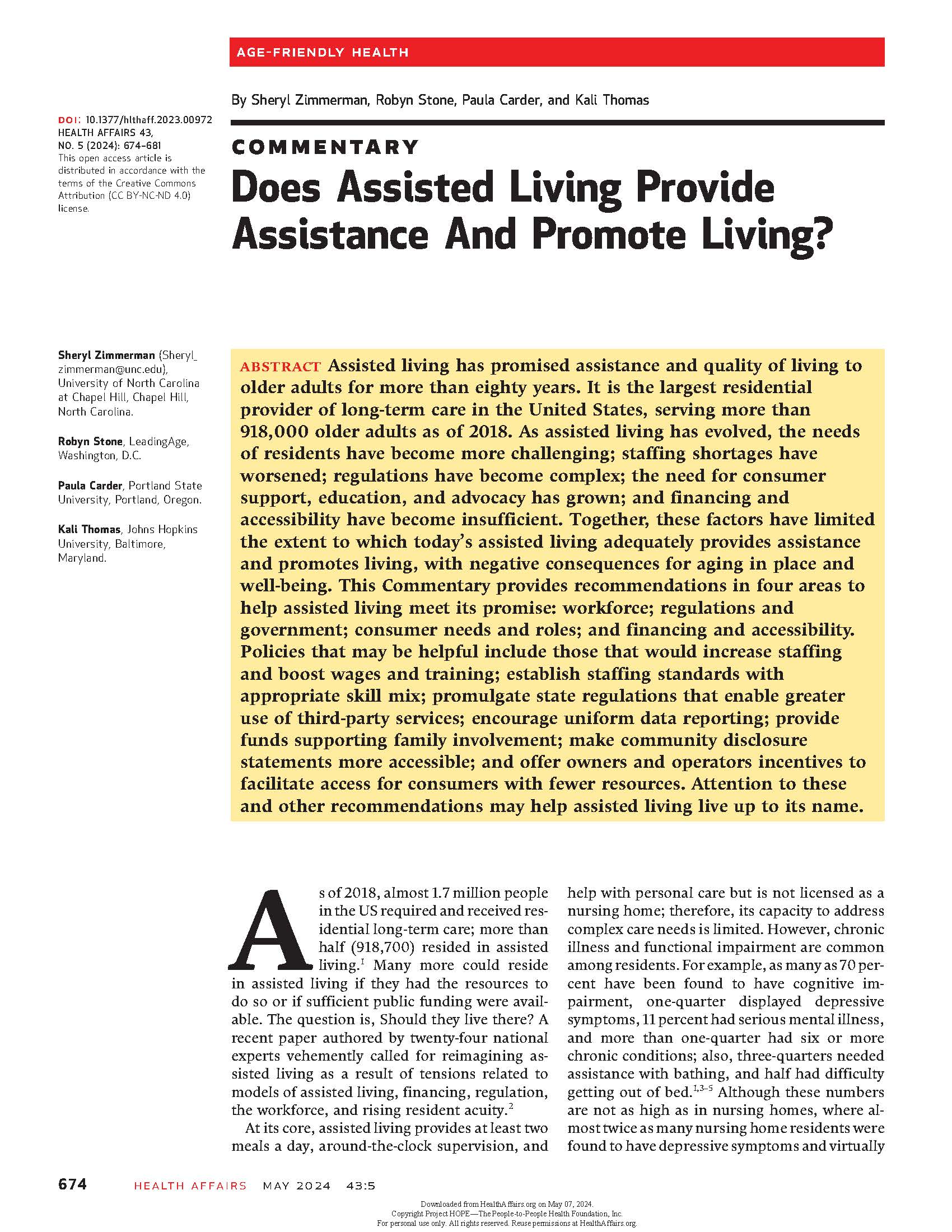Assisted living has promised assistance and quality of living to older adults for more than eighty years. It is the largest residential provider of long-term care in the United States, serving more than 918,000 older adults as of 2018. As assisted living has evolved, the needs of residents have become more challenging; staffing shortages have worsened; regulations have become complex; the need for consumer support, education, and advocacy has grown; and financing and accessibility have become insufficient. Together, these factors have limited the extent to which today’s assisted living adequately provides assistance and promotes living, with negative consequences for aging in place and well-being. This Commentary provides recommendations in four areas to help assisted living meet its promise: workforce; regulations and government; consumer needs and roles; and financing and accessibility. Policies that may be helpful include those that would increase staffing and boost wages and training; establish staffing standards with appropriate skill mix; promulgate state regulations that enable greater use of third-party services; encourage uniform data reporting; provide funds supporting family involvement; make community disclosure statements more accessible; and offer owners and operators incentives to facilitate access for consumers with fewer resources. Attention to these and other recommendations may help assisted living live up to its name.

Center for Excellence in Assisted Living CEAL@UNC
Advancing the well-being of the people who live and work in assisted living through research, practice, and policy.

